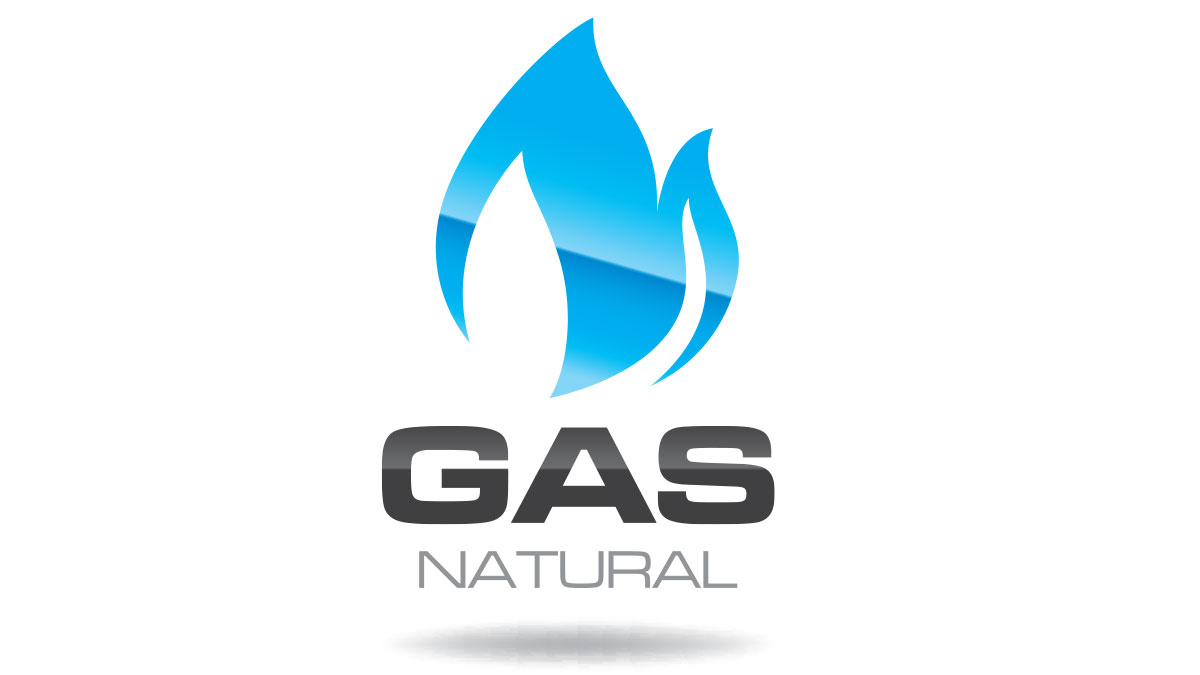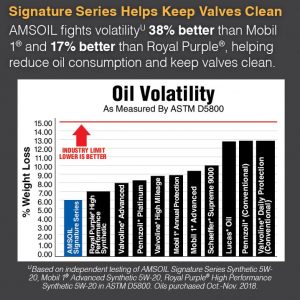In 2014, Shell made a splash with motor oil nerds (yes, there is such a thing) after introducing its process of turning natural gas into motor oil. The company billed its gas-to-liquid (GTL) technology as a revolutionary leap forward in motor oil technology.
According to Shell, it took 40 years to develop and produced 3,500 patents. They market the technology in America under its Pennzoil Platinum line of oils, which Shell says provide better wear protection, fuel economy, cleanliness and service life “when tested against market representative products.”
Occasionally, people ask us how natural gas-based motor oil is made and if it performs better than AMSOIL products.
Let’s dive into those questions.
How it’s made: motor oil edition
First, though, we need a general understanding of how motor oil is made.
We’ve explained this at length in “Synthetic vs. Conventional Oil: The Definitive Guide.” We’ve also included a nice explanation, including a sweet LEGO analogy, in this post called “The History of Synthetic Oil (and AMSOIL).”
Check those out for the deep dive. For the purposes of this post, the following summary is sufficient.
All motor oil is made of two constituent components: base oil and additives.
The base oil makes up the bulk of the formulation and is responsible for lubricating the engine, protecting against wear, managing heat and other key responsibilities.
Formulators add motor oil additives to enhance the oil’s performance. Additives help fight oxidation, neutralize acids, protect against rust and more, depending on the application for which the oil is intended.
The base oils used to make conventional oils are distilled from crude oil. Refiners use heat, pressure and other catalysts to separate crude oil molecules into different groups based on size, called fractions.
Although the process works pretty well for making many of the products we use each day, it has inherent limitations. For example, distillation can’t remove all the impurities from conventional base oils, including sulfur, nitrogen, oxygen, metals and waxes that solidify in the cold.
This adds up to a motor oil that doesn’t deliver the level of protection modern engines demand.
Synthetic base oils, on the other hand, are synthesized (i.e. built), not distilled.
Formulators hydrocrack crude-oil molecules into their constituent parts. Then, using only pure, uniform molecules best suited for lubricating an engine, they build larger molecules from the ground up via organic synthesis. The result is a synthetic base oil free from the contaminants inherent to conventional oils.
As such, synthetic oil offers improved wear protection, extreme-temperature performance, fuel economy and cleanliness.
How is natural gas motor oil made?
So, how is synthetic motor oil made from natural gas different? Let’s look at the gas-to-liquid (GTL) process.
Gasification: The process starts with what’s called gasification. During this step, pure oxygen is reacted with methane to produce what’s called syngas, or synthesis gas. Though it’s readily made using natural gas, it can also be made using biomass or even crude oil.
Syngas is inherently clean since refiners scrub almost everything out of it besides its principle components: carbon monoxide and hydrogen. This is more to prevent downstream catalyst poisoning rather than to provide a marketing claim, but it makes for a good claim by oil marketers, too.
Synthesis: Next, syngas is fed through a reactor and, using Fischer-Tropsch synthesis, is built into higher-molecular-weight hydrocarbons.
Processing: The Fischer-Tropsch process produces a wide range of products that differ in composition, from gaseous molecules up to thick wax (think candle wax). Through several processes, including isodewaxing, hydrocracking and eventually distillation, these molecules become a usable base oil.
Regardless of quality, by definition any base oil or motor oil made from gas-to-liquid (GTL) technology is fully synthetic since the base oils are synthesized like all other synthetic base oils.
Are all Synthetic Oil Groups the Same? Group III vs IV vs V
Whether making synthetic base oils from natural gas or crude oil, the same fundamental principle applies: refineries use catalysts to break down molecules and organic synthesis to build and purify new ones. The result is a base oil that can outperform conventional base oils.
The benefits of natural gas motor oil
Because oil made using GTL technology is free from the contaminants inherent to conventional oils, it generally provides better wear protection, extreme-temperature performance and longevity than conventional oils.
Other benefits of making oil using natural gas include…
- Use of a resource that is a known greenhouse gas
- Abundant supply
- Cost advantages during times when crude oil is expensive
It’s worth noting, however, that many GTL catalysts and processes generate highly paraffinic (waxy) base oils with undesirable characteristics. In fact, residual byproducts of the Fischer-Tropsch/GTL process can significantly affect the oil’s pour point and volatility.
Pour point refers to the lowest temperature at which the oil remains fluid. Waxes solidify in the cold, causing the oil to thicken and possibly fail to protect the engine during cold starts, leading to wear.
Volatility refers to the oil’s tendency to evaporate at high temperatures. The more volatile an oil, the more likely it creates harmful engine deposits and contributes to oil consumption, meaning you have to top-off the engine more frequently.
As the results of oil-volatility testing show, Pennzoil Platinum outperformed other conventional and synthetic oils, but it didn’t outperform AMSOIL Signature Series Synthetic Motor Oil. This goes to show that oil made from natural gas isn’t naturally better than other oils. The oil’s entire formulation must be considered, including additive quality and the overall balance of the formulation.
Natural gas motor oil: what’s the bottom line?
That brings us to our bottom line. Is motor oil made from natural gas better than other oils?
Sure, it’s better than conventional oils – but so is just about any other quality synthetic motor oil.
As we’ve seen, while the gas-to-liquid process used to make synthetic base oils is a promising technology with several benefits, at the end of the day it results in a similar product that’s been around for decades: a synthetic base oil.
What’s the Best Synthetic Motor Oil?
We’ve known for years that synthetic oil outperforms conventional oil. If you use Pennzoil Platinum, congratulations on choosing a good synthetic motor oil and leaving conventional oil behind.
If you want the best protection for your engine, however, consider upgrading to AMSOIL Signature Series Synthetic Motor Oil. It’s formulated to blow the doors off leading industry standards and outperform other synthetic oils…including those made from gas-to-liquid (GTL) technology.








Comments
Share: